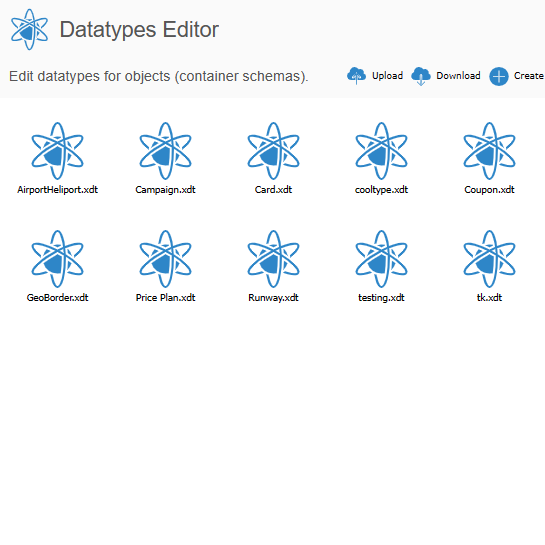Singularity database
The data is accessed through the SDK as if it is a local database with a single data model from the programmers point of view.
All data is managed through the Database Platform as a Service — dbPaaS. Data storage, replication and redundance is provided as a service. No programming is required for setting up, managing or running applications within the database.



